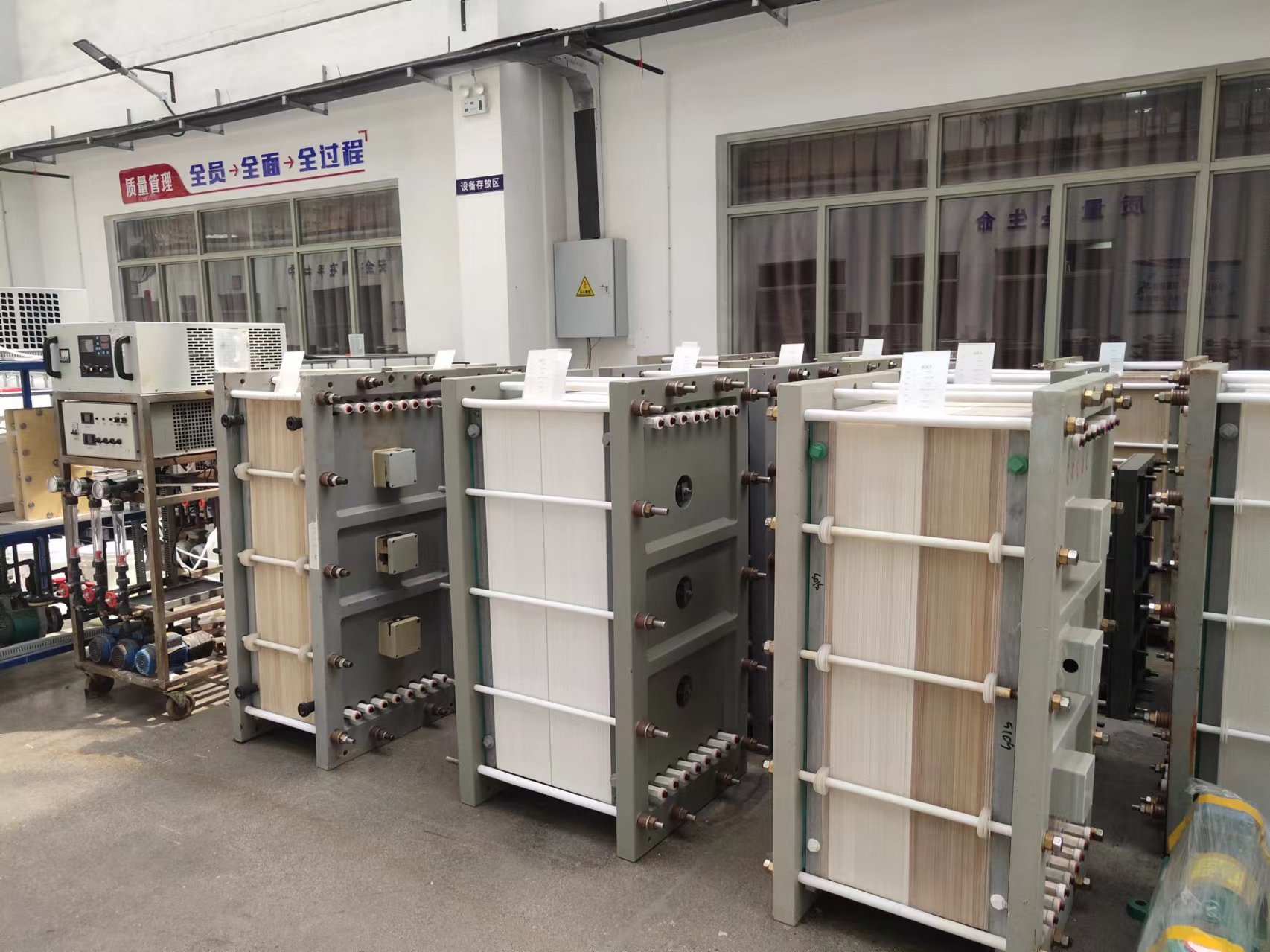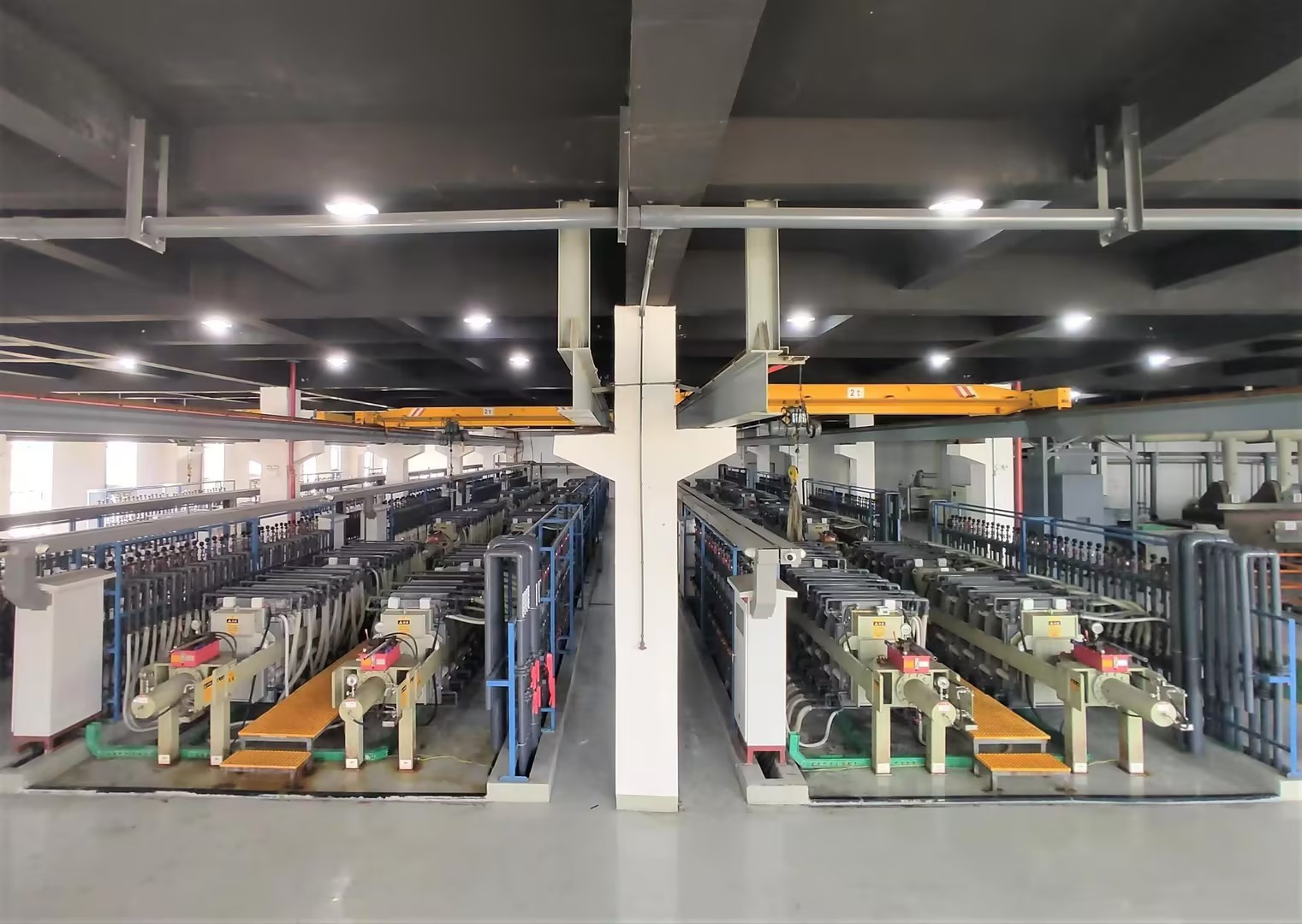13
2024
-
11
Electrodialysis assisted the purification of carbomesteine pharmaceutical wastewater
Author:
Carboxymesteine, which is widely used in the treatment of respiratory diseases, produces wastewater with complex composition, high salinity, organic pollutants and residual pharmaceutical ingredients, and direct discharge will seriously harm the water ecology. Electrodialysis technology, as an efficient and environmentally friendly membrane separation technology, has great potential in the purification treatment of pharmaceutical wastewater. Based on the principle of ion directional migration under electric field, electrodialysis can reduce the salinity and remove harmful substances by separating ions from wastewater with anion and cation exchange membrane.


Its specific applications in carboxymesteine wastewater treatment are as follows:
Salt removal and recycling: It can efficiently separate salt from wastewater and convert it into recyclable acid and base for pH adjustment or other chemical processes to maximize resource utilization.
Organic matter and drug residue removal: although it is mainly for ionic substances, by optimizing membrane materials and operating processes, it can also be used to a certain extent to remove ionic organic matter and some drug residues, and combined with other technologies, the purification effect can be further improved.
Water quality improvement and recycling: the salt, organic matter and drug residues of the treated wastewater are greatly reduced, and the water quality is significantly improved, creating conditions for the recycling of wastewater, which can reduce the consumption of fresh water resources and the environmental burden.
The innovations and challenges of electrodialysis technology are also worthy of attention:
Technological innovation: With the development of membrane material science, the new ion exchange membrane makes electrodialysis more efficient and stable, enhances the removal ability of specific pollutants, and the introduction of intelligent control system realizes precise control, improving the treatment efficiency and resource recovery rate.
Challenge Response: Although electrodialysis has great potential for treating carbosteine wastewater, continuous technological innovation, process optimization, and interdisciplinary collaborative research are required. The application of electrodialysis technology in the treatment of carboxymesteine pharmaceutical wastewater effectively solves the problems of high salinity and organic pollution, promotes the recycling of resources, and conforms to the concept of green sustainable development.
In the future, with the continuous maturity and innovation of technology, electrodialysis is expected to play an important role in a wider range of industrial wastewater treatment fields, helping to achieve a win-win situation for environmental protection and economic development. Strengthening interdisciplinary cooperation to find more efficient and economical wastewater treatment solutions is essential to advance the development of this field.
Related Products
Electrodialysis process: sodium formate pentaerythritol material separation, open a new chapter of efficient and clean production
2024-11-20
Renewable fiber filters - Start a new journey of water conservation
2024-11-18
Flexible chamber: Innovation breakthrough and application potential in wastewater recycling field
2024-11-15
Electrodialysis assisted the purification of carbomesteine pharmaceutical wastewater
2024-11-13
Huanke Environmental Protection Technology
HOTLINE:
Address:Gongye 1st Street, Weicheng District, Weifang City, Shandong Province China
Contact:Zhang Gong
Phone:+86-18865361829
Email:sdhuanke@163.com


Consult
Copyright © 2023 Shandong Huanke Environmental Protection Technology Co., Ltd
